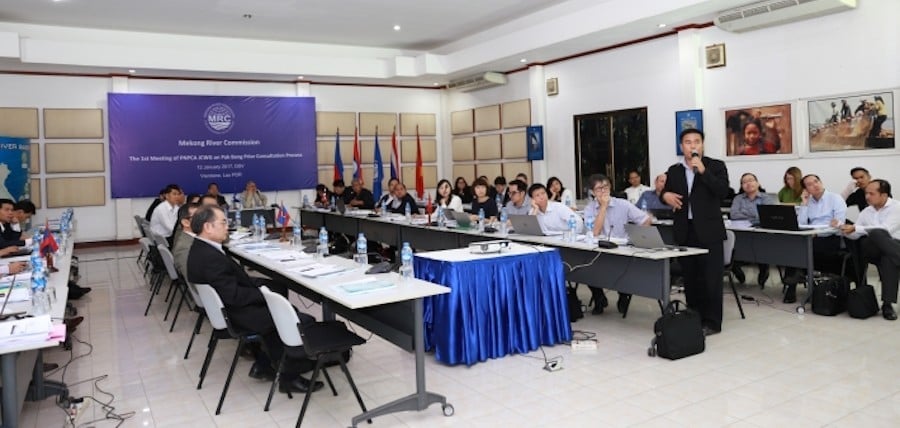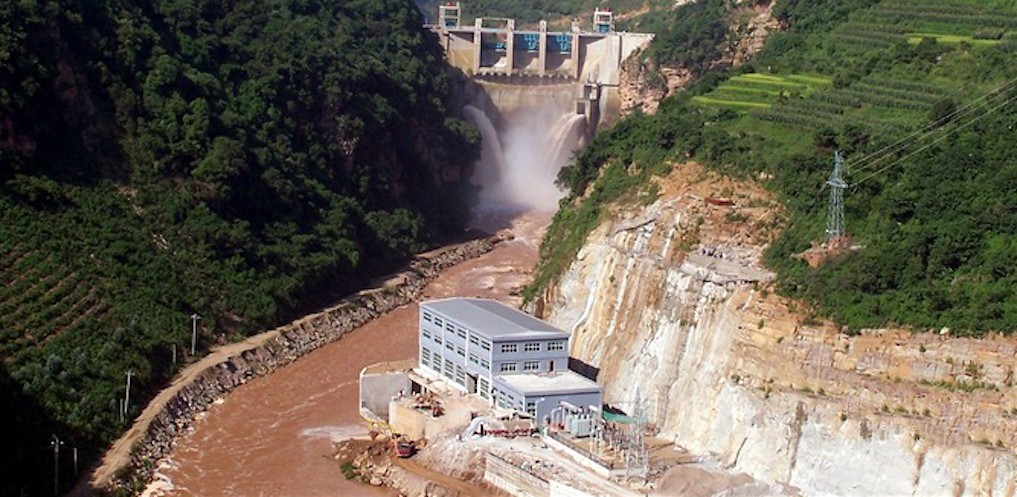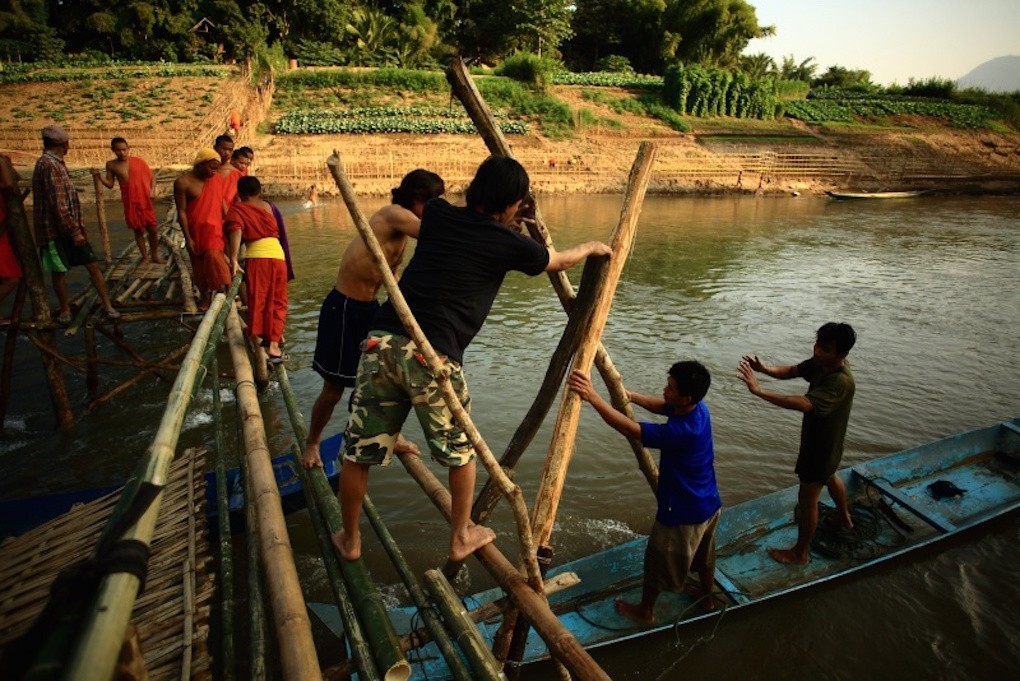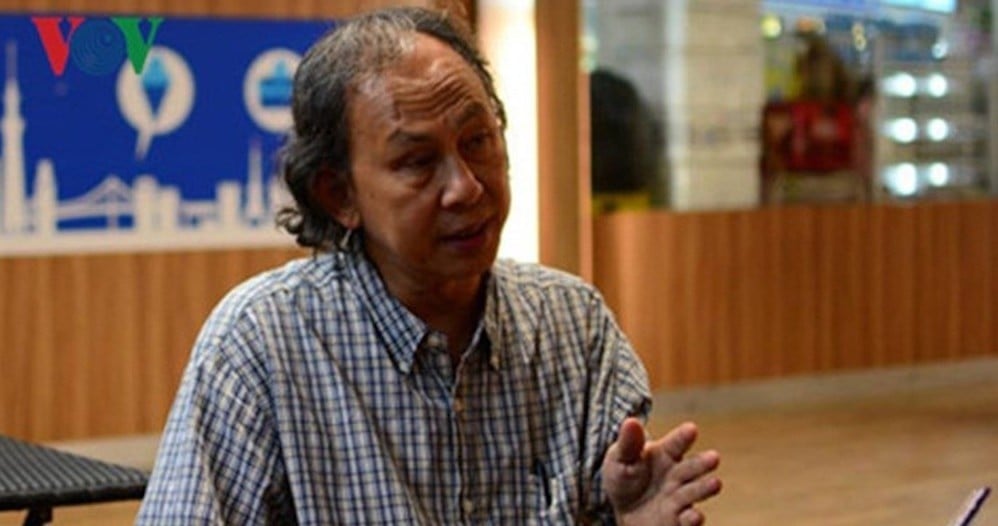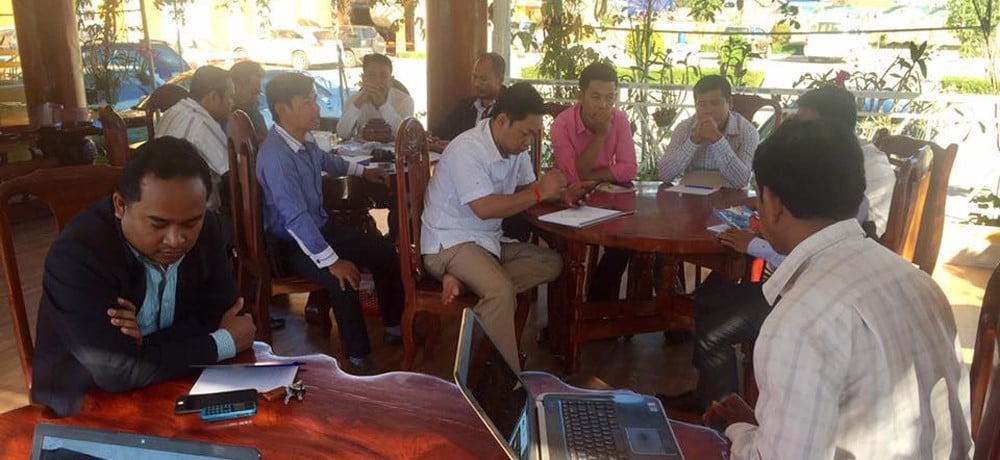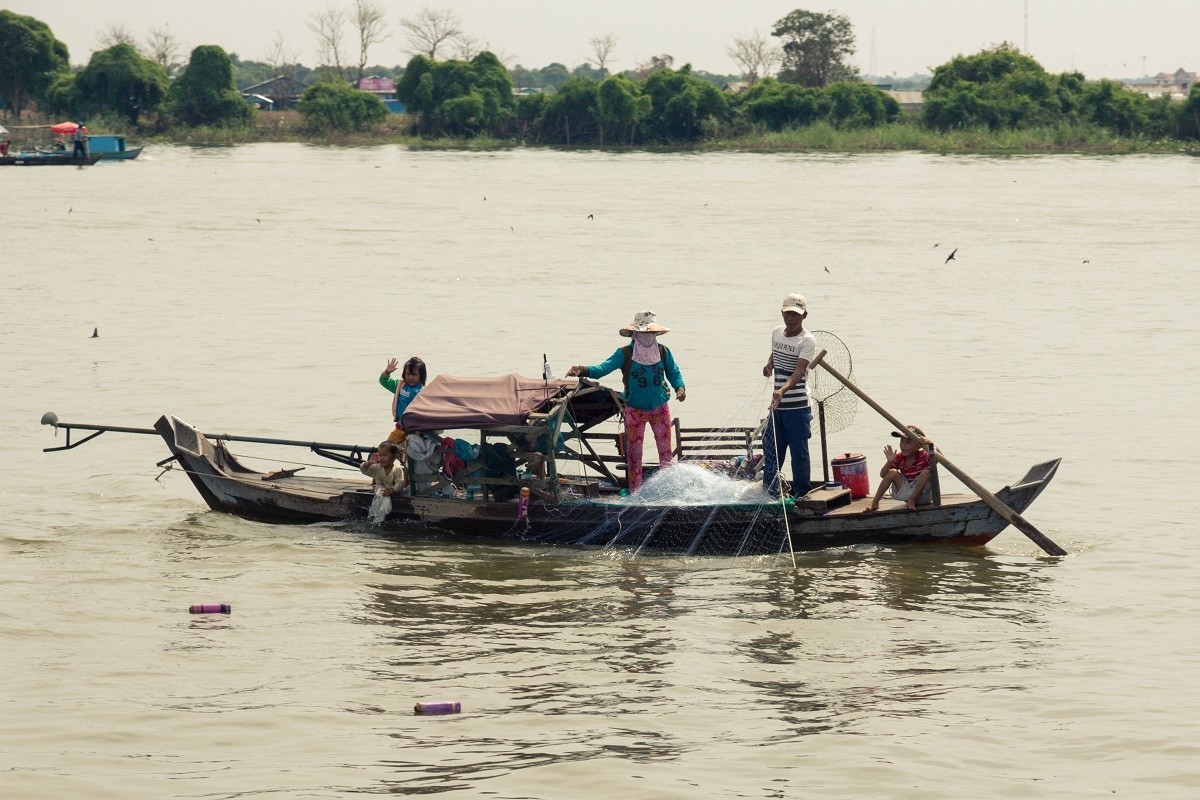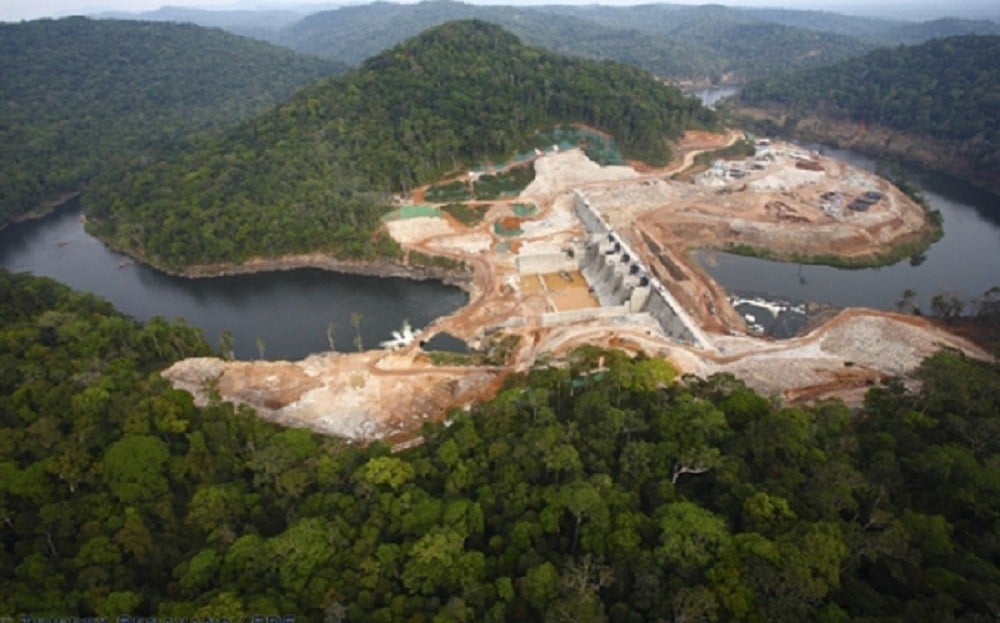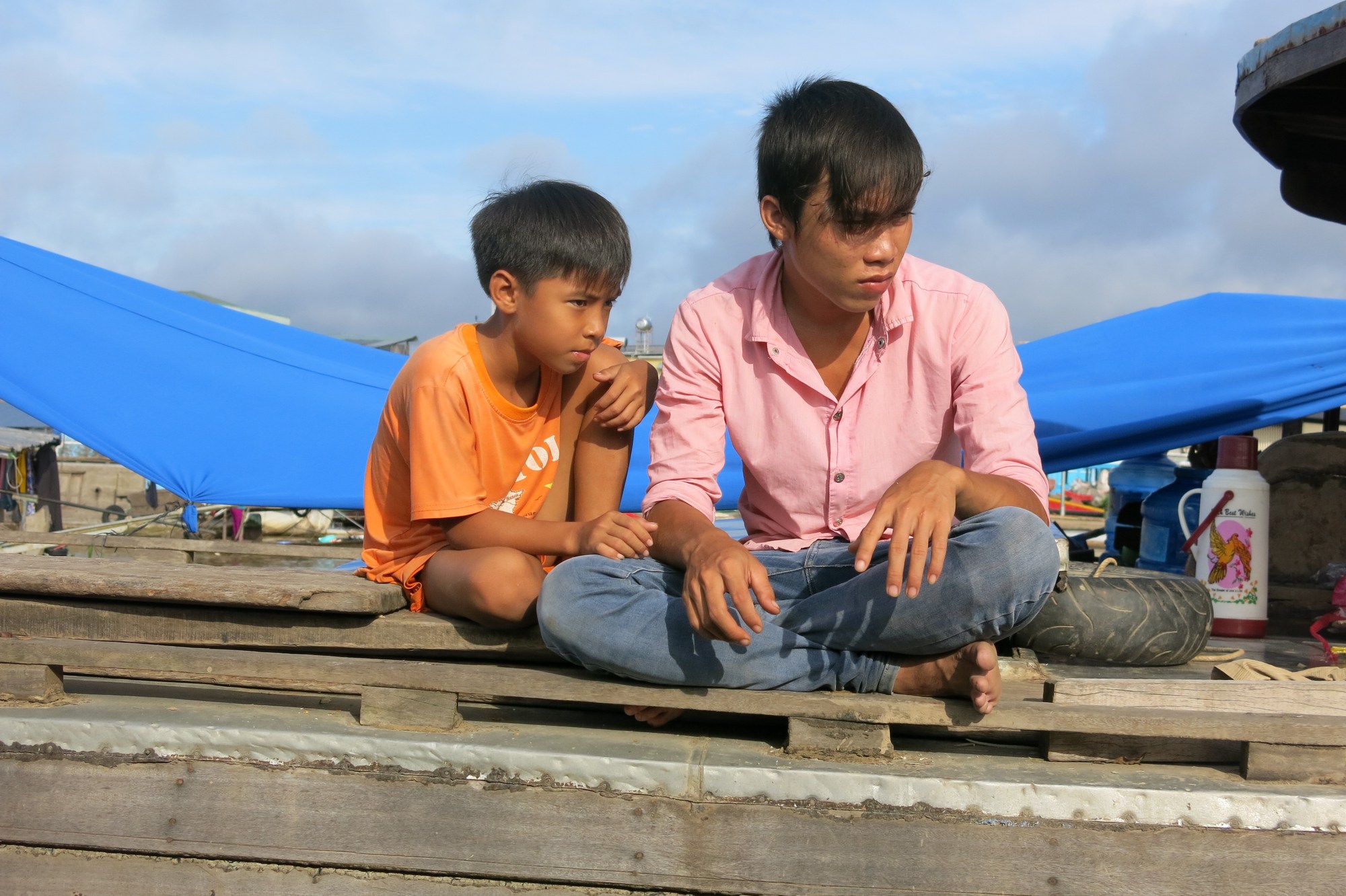Much attention has been given to damages that are being inflicted on Mekong fish by massive infrastructure development. But little has been said about another of the region’s most valuable ecological assets: the spectacular birds of the Mekong.
Category: Article
Official Prior Consultation Process of the Pak Beng hydropower project kicked off – Mekong River Commission
Today, representatives from Cambodia, Lao PDR, Thailand, and Vietnam gathered at Mekong River Commission (MRC) Secretariat (MRCS) in Vientiane to start the first meeting of the Joint Committee Working Group (JCWG) on the Procedures for Notification, Prior Consultation and Agreement (PNPCA) for the Pak Beng hydropower project.
Hydro expansion will fail without energy market reform
Energy demand in China is slowing. This is causing a major headache for the hydropower sector, which has invested heavily in new projects in recent years. The continued construction of hydropower, as with coal, has led to surplus capacity, tumbling profits and an unbalanced national energy system.
Beyond Sustainable Development for ASEAN
In view of various climate change phenomena, how can economies develop sustainably? Specifically, can economies grow while giving equal consideration to the tri-nexus of economy, environment and society? It is a question confronting policymakers in Southeast Asia on a recurring basis.
Asean at 50, and Beyond
Asean is 50 years old this year. It is a true milestone for a loosely constructed regional organization created by five countries at the height of the Cold War to have come this far. Since its conception, its member countries have transformed Asean into a rules-based entity encompassing all the countries in Southeast Asia.
Veteran Cambodian Journalists Mentor Local Reporters on Environmental Journalism
More than a dozen local journalists from Cambodia’s northeastern provinces attended a short workshop on news gathering and writing skills conducted by two veteran journalists in Stung Treng on January 9, 2017. Mr. Moeun Chhean Nariddh, Director of the Cambodia Institute for Media Studies (CIMS) said part of the workshop was to inform local journalists of the official launching of CEJN and the importance of the role of Mekong journalists in reporting about the environmental impact on the Mekong River.
Cambodian Communities Complain Illegal Fishing Damaging Livelihoods
In this video, community leaders at Kampong Khleang in the Tonle Sap Lake, expose to us (Scientists for the Mekong) the corruption of authorities receiving bribes and allowing illegal fishing by Vietnamese ‘trawlers’ on the Lake, plus the impacts on their own livelihoods.
New research reveals harm to Indigenous Peoples near Nam Theun 2 Project in Laos
On January 4, 2017, the Forum for Development Studies published a new article by Kanokwan Manorom, Ian Baird and Bruce Shoemaker titled, “The World Bank, Hydropower-based Poverty Alleviation and Indigenous Peoples: On-the-Ground Realities in the Xe Bang Fai River Basin of Laos.” This article provides more detail on the project’s impacts following earlier articles on the situation along the Xe Bang Fai River published in 2015 by the same researcher team.
Mekong Dams: Can Downstream Nations Expect Understanding from Upstream Developers?
The Mekong River rises from Tibet highland, running through thousands of kilometers in six countries, including China, Myanmar, Laos, Thailand, Cambodia and Vietnam.
Mekong means Mother in the Thai and Laos old language. As a result, it is not accidentally the name of the river has a blessed meaning. The river also plays an economic hub to feed for more than 60 million people and thousands of kinds of aqua products.
New species found, but Southeast Asia in grip of biodiversity crisis
Rich in wildlife, Southeast Asia includes at least six of the world’s 25 “biodiversity hotspots” – the areas of the world that contain an exceptional concentration of species, and are exceptionally endangered. The region contains 20% of the planet’s vertebrate and plant species and the world’s third-largest tropical forest.



